Physiology of heart, cardiac cycle, heart sounds, heart beat, electrocardiograms
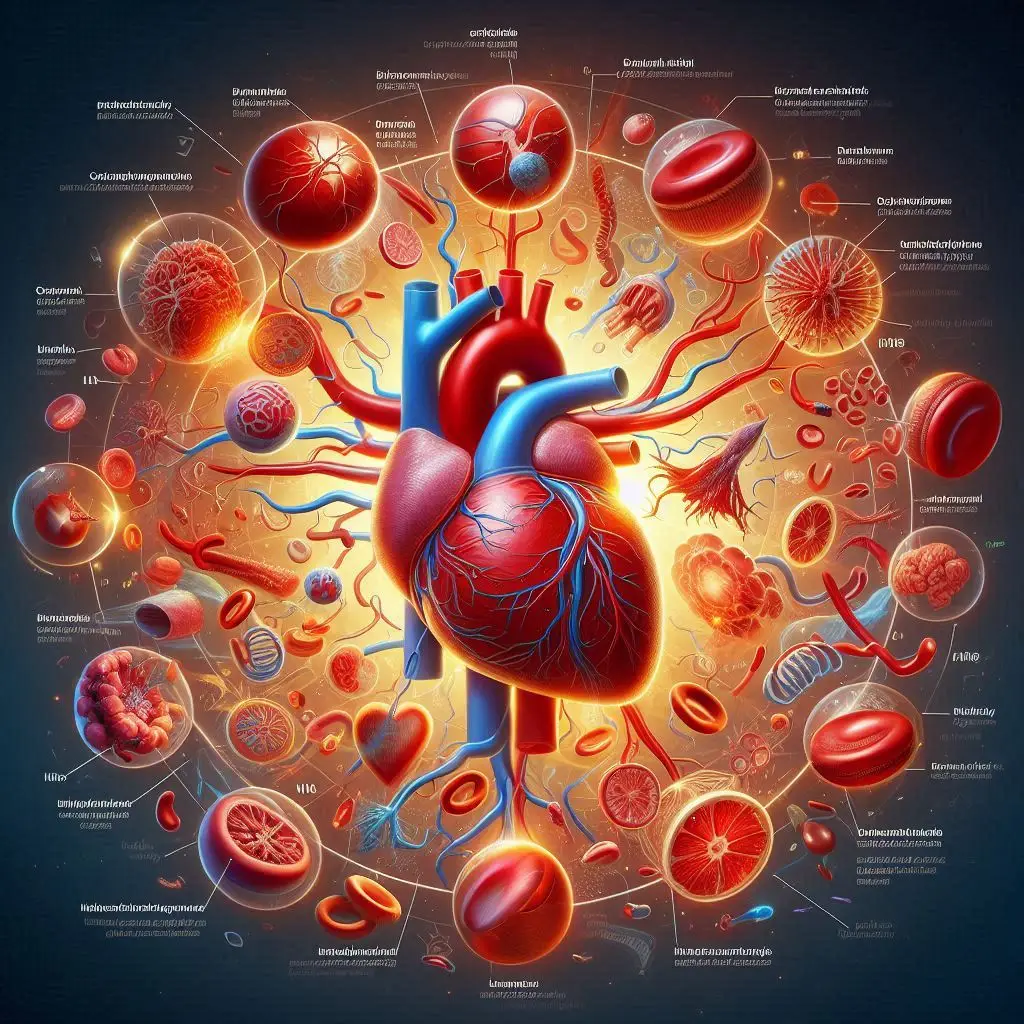
Introduction
Cardiac physiology is the study of the heart’s function, encompassing its structure, the cardiac cycle, heart sounds, heart rate, and electrocardiograms (ECGs). As the central organ of the cardiovascular system, the heart plays a crucial role in maintaining homeostasis by ensuring the continuous circulation of blood throughout the body. This article provides an in-depth exploration of these critical components, offering insights into how the heart operates and its significance in overall health.
1. Anatomy of the Heart
Understanding the heart’s anatomy is essential for grasping its physiological functions. The heart is a muscular organ divided into four chambers, each playing a specific role in blood circulation.
1.1 Chambers of the Heart
- Right Atrium: Receives deoxygenated blood from the body via the superior and inferior vena cavae.
- Right Ventricle: Pumps deoxygenated blood to the lungs through the pulmonary artery for oxygenation.
- Left Atrium: Receives oxygenated blood from the lungs via the pulmonary veins.
- Left Ventricle: Pumps oxygenated blood to the rest of the body through the aorta.
1.2 Heart Valves
The heart contains four main valves that ensure unidirectional blood flow:
- Tricuspid Valve: Between the right atrium and right ventricle.
- Pulmonary Valve: Between the right ventricle and pulmonary artery.
- Mitral Valve: Between the left atrium and left ventricle.
- Aortic Valve: Between the left ventricle and aorta.
1.3 Coronary Circulation
The heart muscle itself requires a blood supply, which is provided by the coronary arteries. These arteries branch off from the aorta and supply oxygen-rich blood to the heart tissue.
2. The Cardiac Cycle
The cardiac cycle refers to the sequence of events that occur during one heartbeat, encompassing both contraction and relaxation phases. It is divided into two primary phases: systole (contraction) and diastole (relaxation).
2.1 Phases of the Cardiac Cycle
- Atrial Diastole: The heart chambers relax, allowing blood to flow from the veins into the atria.
- Atrial Systole: The atria contract, pushing blood into the ventricles.
- Isovolumetric Contraction: The ventricles contract, increasing pressure without changing volume as all valves are closed.
- Ventricular Ejection: Blood is expelled from the ventricles into the aorta and pulmonary artery as the semilunar valves open.
- Isovolumetric Relaxation: The ventricles relax with all valves closed, leading to a decrease in pressure.
- Ventricular Filling: Blood flows from the atria into the ventricles, completing the cycle.
2.2 Duration of the Cardiac Cycle
The entire cardiac cycle lasts approximately 0.8 seconds at a normal resting heart rate of around 72 beats per minute. Each phase is crucial for maintaining efficient blood circulation.
3. Heart Sounds
Heart sounds are produced by the closure of heart valves during the cardiac cycle and are essential indicators of heart health.
3.1 Primary Heart Sounds
- S1 (“Lub”): Caused by the closure of the atrioventricular valves (tricuspid and mitral) at the beginning of ventricular contraction.
- S2 (“Dub”): Produced by the closure of the semilunar valves (aortic and pulmonary) at the end of ventricular contraction.
3.2 Additional Heart Sounds
- S3: A third heart sound, often associated with rapid ventricular filling. It can be normal in children and young adults but may indicate heart failure in older adults.
- S4: A fourth heart sound, resulting from atrial contraction against a stiff ventricle, often seen in conditions like hypertension.
3.3 Heart Murmurs
Abnormal heart sounds, known as murmurs, can indicate turbulent blood flow and may suggest underlying heart conditions, such as valve stenosis or regurgitation.
4. Heart Rate and Cardiac Output
Heart rate (HR) and cardiac output (CO) are key indicators of cardiovascular health.
4.1 Heart Rate (HR)
HR is the number of heartbeats per minute, typically ranging from 60 to 100 BPM in adults. Factors influencing HR include:
- Physical Activity: Increased demand for oxygen raises HR.
- Emotional State: Stress or excitement can elevate HR.
- Hormonal Influence: Hormones like adrenaline can increase HR.
4.2 Cardiac Output (CO)
Cardiac output is the volume of blood pumped by the heart per minute and is calculated using the formula:
CO=HR×SVCO=HR×SV where stroke volume (SV) is the amount of blood ejected by the left ventricle with each contraction.
4.3 Factors Influencing Cardiac Output
- Preload: The degree of stretch of the heart muscle before contraction, influenced by venous return.
- Afterload: The resistance the heart must overcome to eject blood, affected by arterial pressure.
- Contractility: The strength of the heart’s contraction, influenced by neural and hormonal factors.
5. Electrocardiograms (ECGs)
Electrocardiograms are vital diagnostic tools that record the electrical activity of the heart, providing insights into heart rhythm and function.
5.1 Components of an ECG
The typical ECG waveform consists of several key components:
- P Wave: Represents atrial depolarization.
- QRS Complex: Represents ventricular depolarization.
- T Wave: Represents ventricular repolarization.
5.2 Clinical Significance of ECGs
ECGs are essential for diagnosing various cardiac conditions, including:
- Arrhythmias: Abnormal heart rhythms.
- Myocardial Infarction: Heart attacks, indicated by specific changes in the ECG pattern.
- Heart Block: Delays in the conduction of electrical impulses.
5.3 Interpreting ECG Results
Healthcare professionals analyze ECGs to assess heart health, identify abnormalities, and guide treatment decisions.
6. Conclusion
Understanding cardiac physiology is crucial for recognizing how the heart functions and its importance in maintaining overall health. The heart’s ability to adapt to various physiological demands through the cardiac cycle, heart sounds, heart rate, and electrical activity is fundamental to its role in the cardiovascular system.
For more pearls of Vets Wisdom:


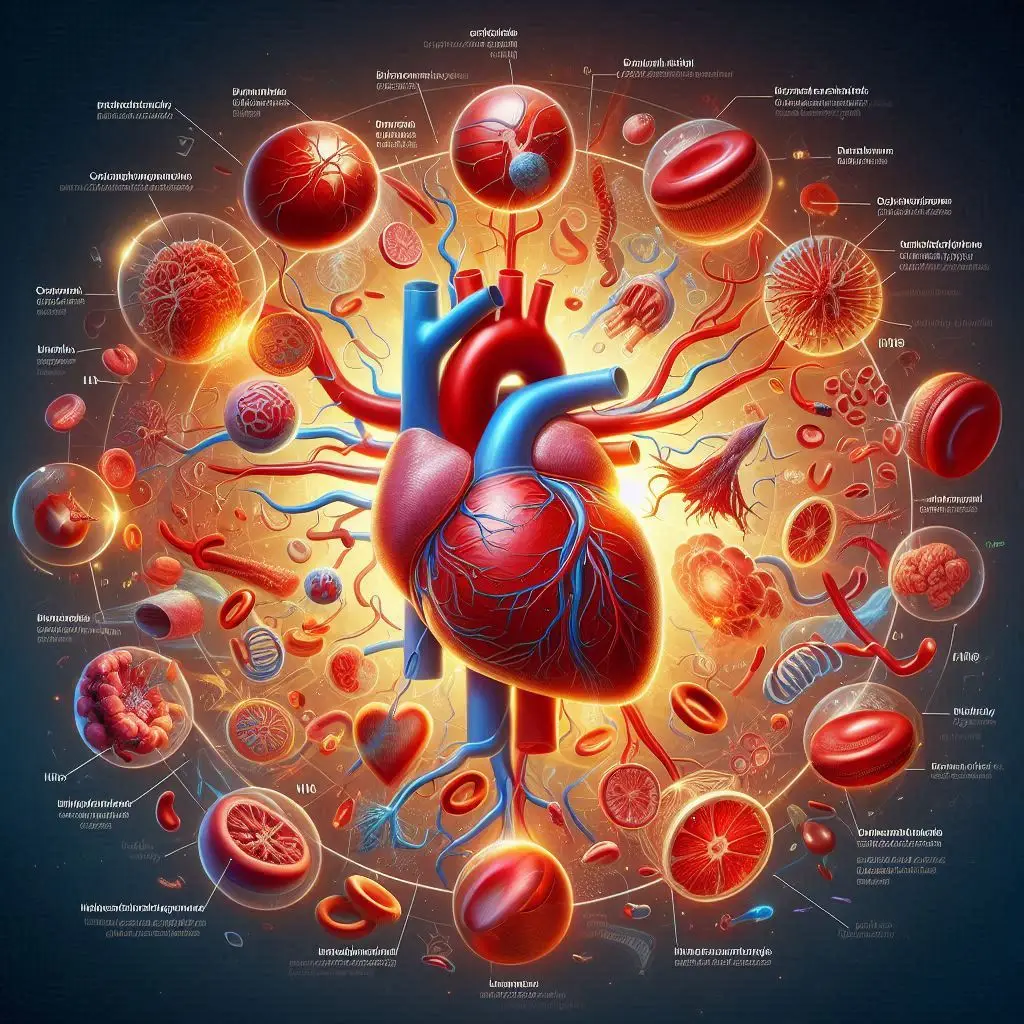
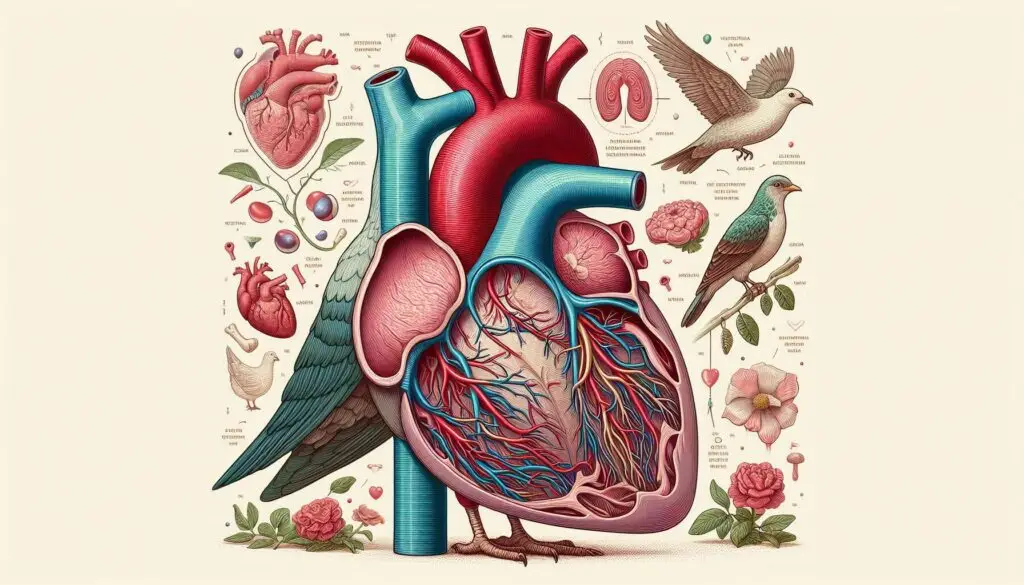
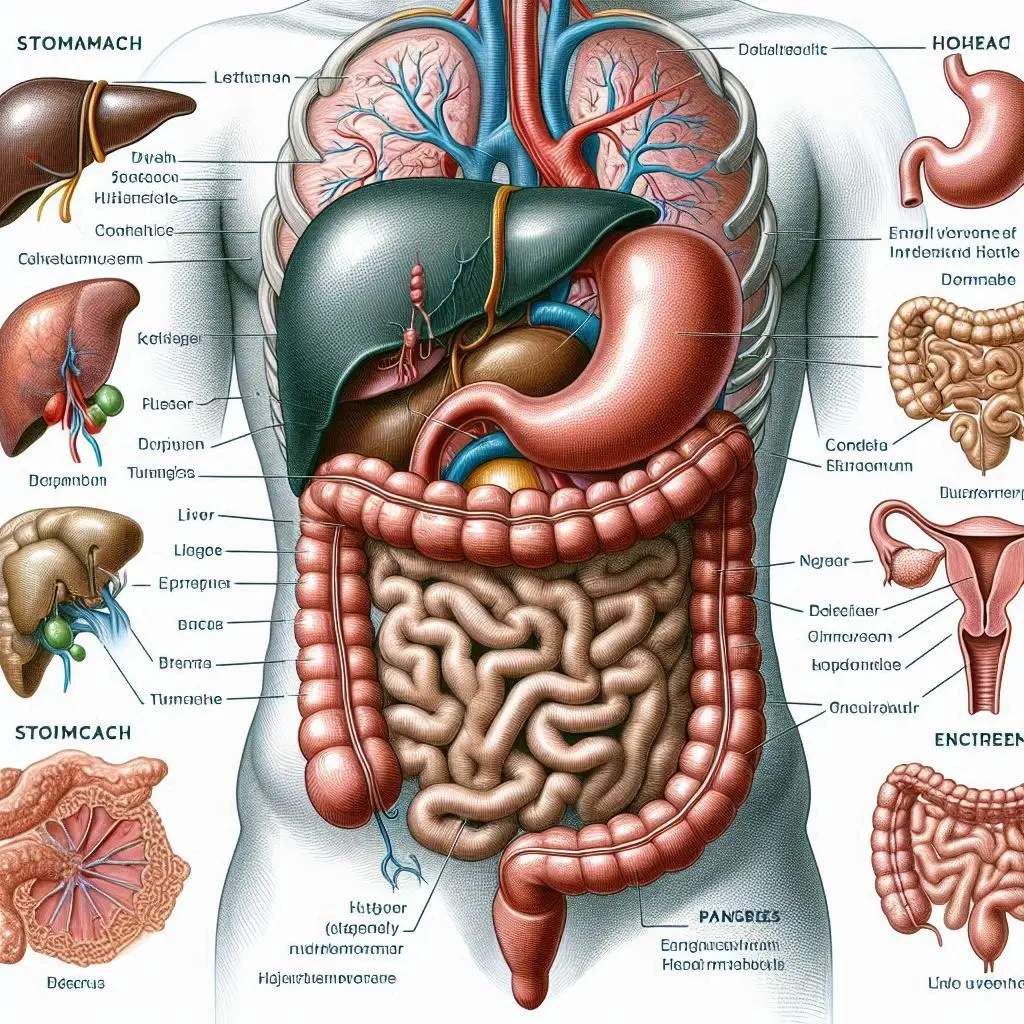
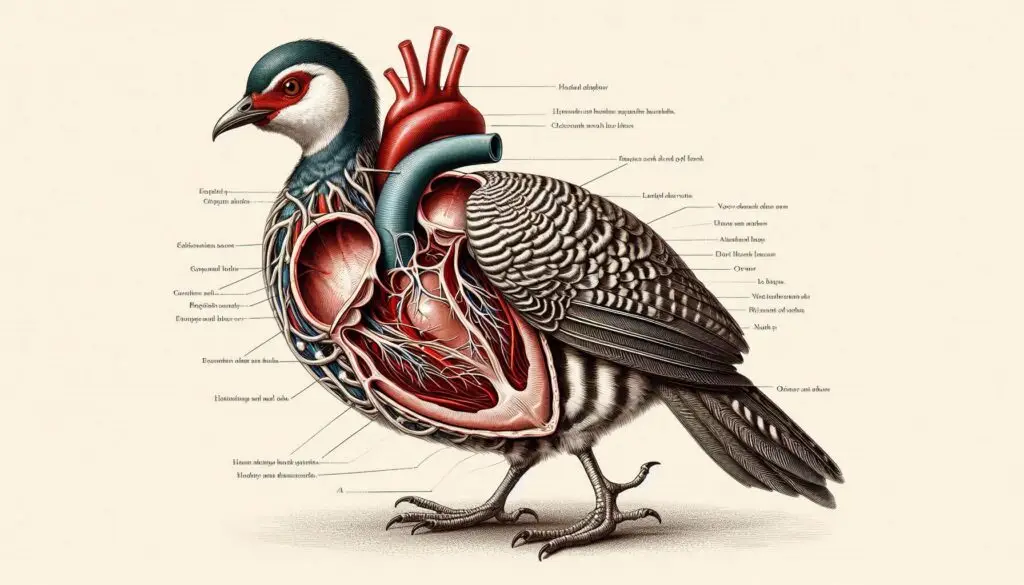
Responses